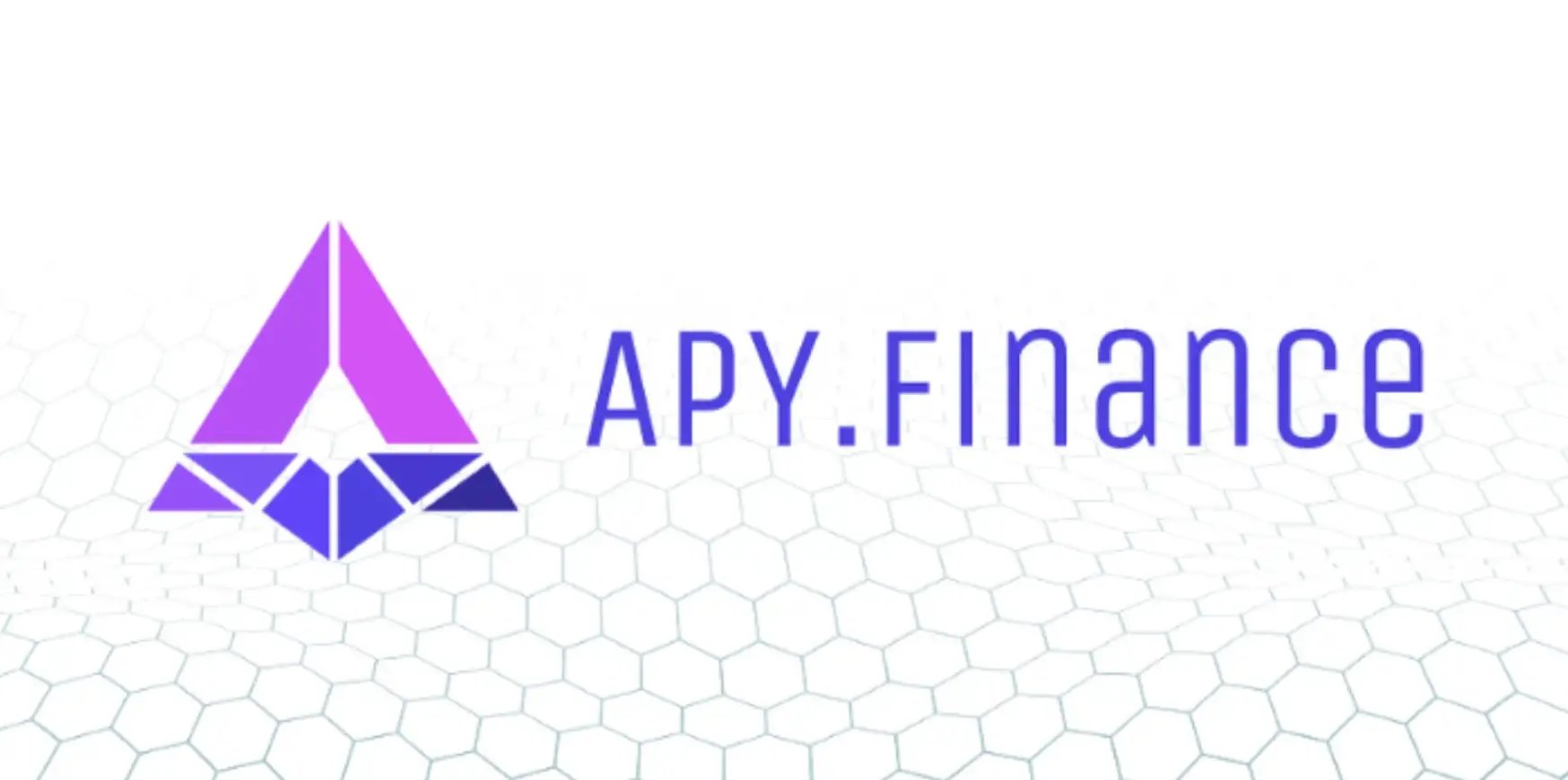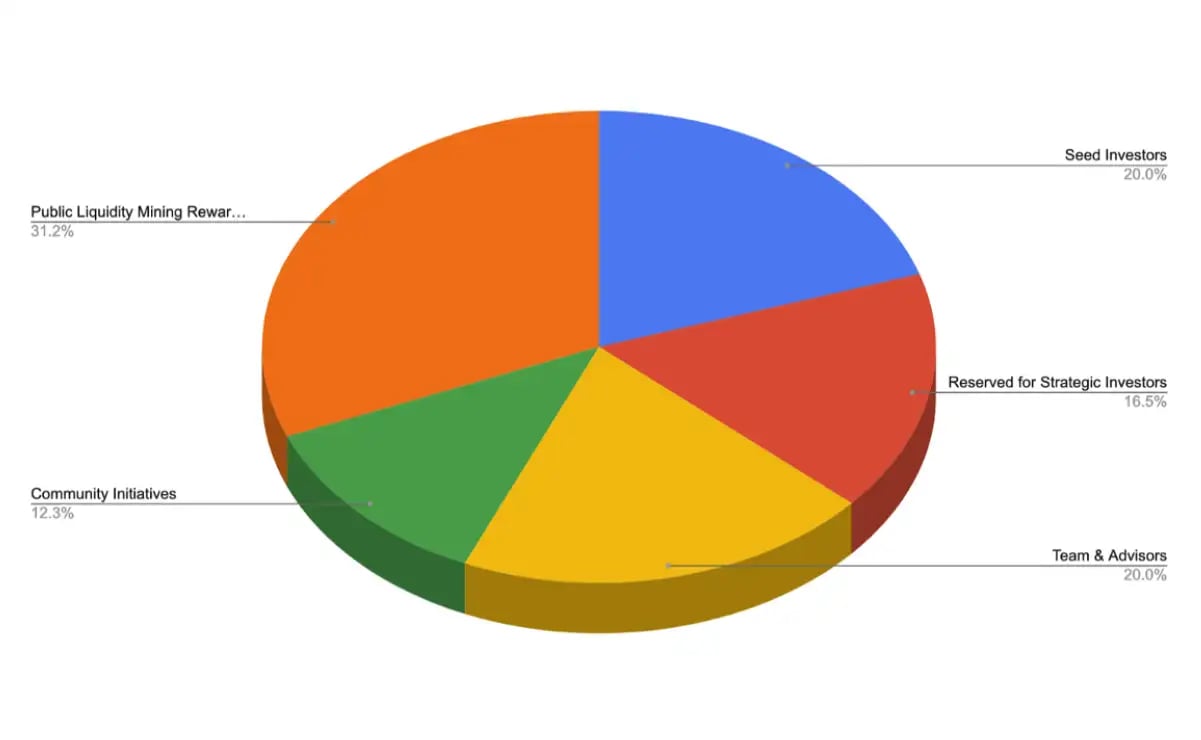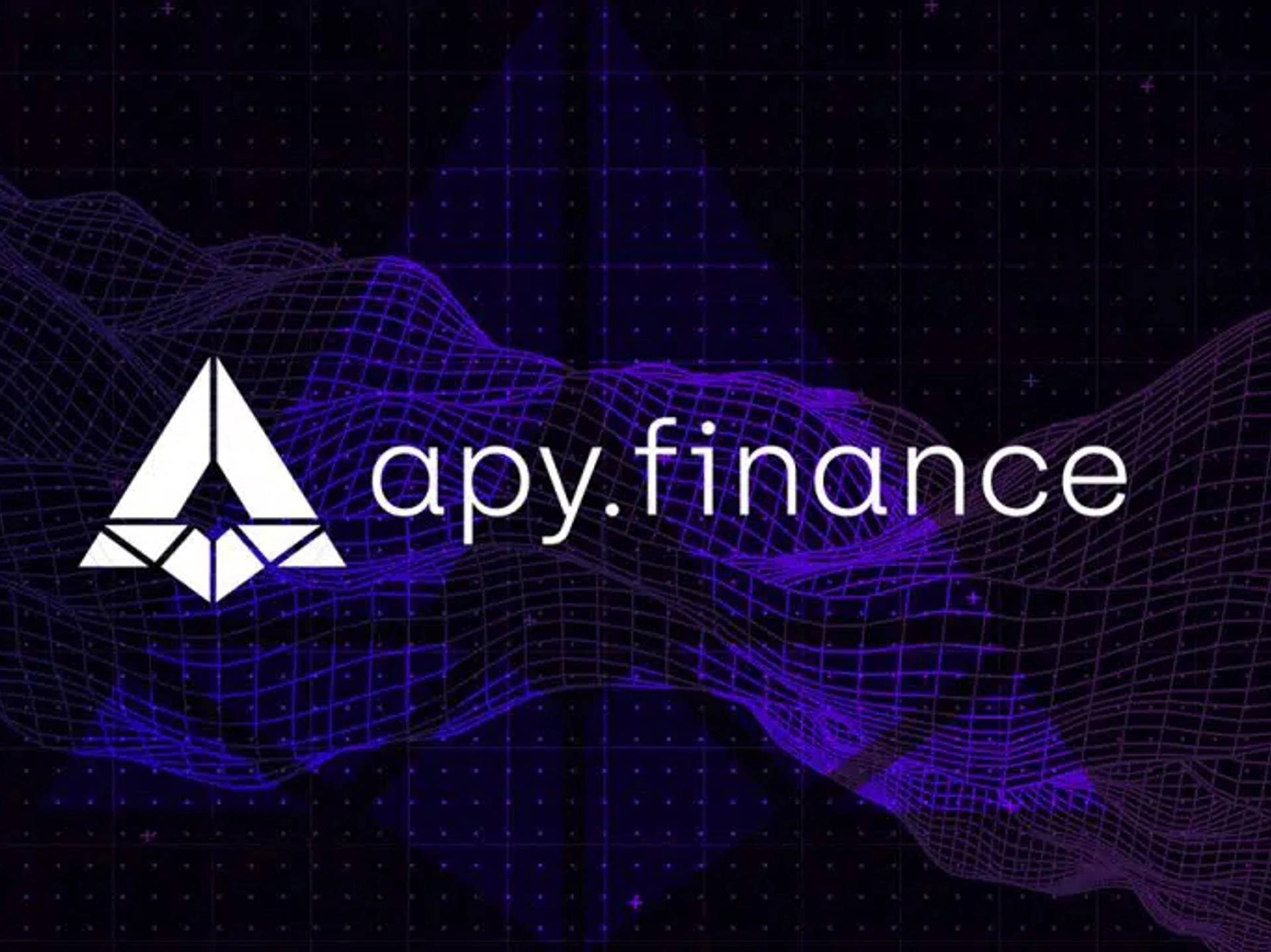위키 구독하기
Share wiki
Bookmark
APY Finance
APY Finance
APY Finance는 2020년 8월 Kovan 테스트넷에서 Uniswap 라우팅 스마트 계약 데모와 함께 출시된 자동 수익 농사 플랫폼이자 암호화폐입니다. 이 프로토콜은 APY 토큰(APY Token)에 의해 관리됩니다. APY.Finance 기술은 HackMoney 2020 해커톤에서 2위를 차지했습니다.[1][2]
2020년 10월 1일에 시작된 APY.Finance 유동성 마이닝 보상 프로그램은 첫 시간에 6,700만 달러를 고정했으며 3시간 만에 약 8,000만 달러에 달했습니다.
개요

APY.Finance는 분산화 로드맵을 세 가지 고유한 단계로 나누었습니다. 각 단계는 APY 토큰 보유자에게 플랫폼에 대한 더 많은 제어권을 부여하여 기본 유동성을 DeFi 프로토콜에 배포할 수 있는 권한을 제공합니다. 수수료 캡처부터 초기 위험 점수 매기기, 완전한 전략 제안 구현에 이르기까지 전략 설계 및 자본 관리가 100% 커뮤니티 소유가 될 것입니다.[3][4]
1단계
시스템 전체 매개변수 업데이트
초기 전략 세트를 사용한 알파 출시 시 APY 토큰 보유자는 수수료, 위험 점수, 재조정 임계값과 같은 시스템 매개변수를 투표하고 변경할 수 있습니다.
- 수수료: APY.Finance 프로토콜의 초기 반복은 토큰 보유자에 대한 수익 캡처가 0%이지만, 커뮤니티는 생성된 수익의 몇 퍼센트를 프로토콜 유지를 위해 APY 토큰 보유자에게 제공할지 제안할 수 있습니다. 커뮤니티 구성원의 한 가지 흥미로운 제안은 수익률이 아닌 절약된 가스에 대한 수수료입니다. 프로토콜의 규모 경제가 성장함에 따라 사용자당 가스 수수료 절감액도 증가합니다.
- 위험 점수: 제안되고 구현된 모든 전략에는 관련 위험 점수가 있습니다. APY 토큰 보유자는 환경 변화에 따라 위험 점수 업데이트를 제안하고 추진하여 위험 평가를 분산합니다. 궁극적으로 커뮤니티는 시스템을 최신 상태로 유지할 수 있을 뿐만 아니라 APY.finance 플랫폼을 집단적 위험 허용치에 맞게 조정할 수도 있습니다.
- 재조정 임계값: 모든 수익 농사꾼은 자본을 재분배할 시기와 그렇게 할 때의 비용과 이점을 계산합니다. 일반적으로 이는 새 전략의 예상 순 수익을 내부 임계값과 비교하여 계산하여 수행됩니다. APY.Finance는 커뮤니티가 특정 전략에 대한 이 임계값을 얼마나 공격적이거나 보수적으로 할지 결정할 수 있도록 합니다.
2단계
기존 전략에 대한 변경 사항 업데이트
시스템이 진행되고 유동성이 증가함에 따라 다음 단계에서는 APY 토큰 보유자가 furucombo를 연상시키는 UI를 사용하여 기존 전략을 관리할 수 있습니다. 사용자는 Solidity 엔지니어의 개입 없이 수익 농사 전략의 단계를 원활하게 추가하고 제거할 수 있습니다. 제안이 통과되면 일반화된 아키텍처를 통해 전략이 자동으로 업데이트됩니다.
3단계
완전히 새로운 전략 제안
시스템이 충분히 분산되고 안정되면 APY 토큰 보유자는 완전히 새로운 전략을 제안하고 다양한 DeFi 프로토콜에 자금 배포에 영향을 미칠 수 있습니다.
APY 유동성 풀
APY 유동성 풀은 단일 통화의 입금 및 인출을 처리하는 계약의 집합입니다. 이러한 계약은 함께 작동하여 단일 유동성 풀을 형성합니다. 발신자가 계약에 입금하면 풀의 지분을 나타내는 APT 토큰이 발행됩니다.[5]
각 유동성 계약은 기존 Chainlink 집계기를 사용하여 준거 가치를 결정합니다. APY Finance는 더 자주 업데이트되고 후원자가 더 많은 ETH 기준 집계기를 사용합니다.
APY 토큰

APY.Finance의 거버넌스 토큰인 $APY는 커뮤니티가 DeFi 환경 변화에 따라 전략 모델과 위험 점수를 업데이트하도록 유도합니다.[3]
2020년 9월 20일, APY.Finance는 10월 1일 오후 8시(EST)부터 시작되는 유동성 마이닝 보상 프로그램을 발표했습니다. 사용자는 플랫폼의 출시되지 않은 APY 거버넌스 토큰을 얻기 위해 DAI, USDC, USDT 세 가지 스테이블코인을 예치할 수 있었습니다.
유동성 마이닝 보상 프로그램
계약에 자금을 예치하면 사용자는 APT 토큰(APY 거버넌스 토큰과 혼동하지 마십시오)을 받게 되며, 이는 풀의 자산 지분에 대한 청구권을 제공합니다. Balancer 풀 토큰(BPT)이나 Uniswap LP 지분(UNI)과 마찬가지로 사용자는 APY.Finance 스마트 계약을 통해 APT 토큰을 소각하여 자산 풀에서 스테이블코인 지분을 되찾을 수 있습니다.
APT 토큰을 보유하면 사용자는 자동으로 APY 토큰을 채굴하게 됩니다. 플랫폼이 완전히 작동되면 수익 농사 및 유동성 마이닝 수익을 모두 얻을 수 있습니다.
APY.Finance 팀의 설명에 따르면 APT 토큰은 Balancer 풀에서 사용자의 지분을 나타내는 Balancer의 BPT 토큰과 비슷합니다. 마찬가지로 APY 토큰은 유동성 마이닝 및 일반 프로토콜 업그레이드에 사용되는 Balancer의 BAL 토큰과 비교할 수 있습니다.
APY 토큰 공급량의 31.2%인 총 31,200,000개의 APY 토큰이 유동성 마이닝 보상에 할당되었습니다. 이 중 900,000개는 유동성 마이닝 첫 달에 채굴되며, 총 공급량의 0.9%에 해당합니다. 보상은 프로그램 기간 동안 풀에 제공된 유동성 비율에 비례합니다. TGE 이후 APY 토큰은 Synthetix 예치 계약을 사용하여 6개월 동안 블록별로 예치됩니다.
APY.Finance 유동성 마이닝 보상 프로그램은 첫 시간에 6,700만 달러를 고정했으며 3시간 만에 약 8,000만 달러에 달했습니다. 세 가지 자격 있는 스테이블코인에 걸쳐 1,000명이 넘는 고유한 예치자가 있었습니다.
APY LP 보상 프로그램
2020년 11월 10일, APY Finance는 Balancer 또는 Uniswap을 통해 유동성을 제공하는 토큰 보유자에게 보상하는 APY LP 보상 프로그램을 발표했습니다. Balancer와 Uniswap에 유동성을 제공한 토큰 보유자는 11월 13일에 출시된 보상 UI를 통해 APY 토큰 보상을 받을 수 있었습니다. 11월 13일 이전에 유동성을 제공한 토큰 보유자는 소급 적용되어 보상을 받았습니다.[9][10]
시드 펀딩
2020년 9월, APY.Finance는 사모 판매에서 360만 달러를 모금했습니다. 암호화폐 분야의 주목할 만한 투자 회사들이 이 제안에 참여했는데, 여기에는 Alameda Research, Arrington XRP Capital, CoinGecko, Cluster Capital 및 ParaFi Capital이 포함됩니다.
공식 블로그 게시물에 따르면, 토큰 배포는 시드 라운드 투자자에게 토큰당 0.09달러(1년 예치)로 20%가 지급되고, 전략적 투자자에게 토큰당 0.135달러(1년 예치)로 16.5%가 예약됩니다. 또한 20%는 팀과 자문위원에게 예약됩니다(1년 예치 후 3년간 선형적으로 배포). 전체 APY 토큰 공급이 배포되면 커뮤니티는 거버넌스 토큰 공급량의 43.5%만 제어할 수 있습니다.
팀
- Will Shahda - CEO & Solidity 엔지니어
- Chan-Ho Suh - Solidity 엔지니어
- Jonathan Viray - 풀스택 엔지니어
- Dina Deljanin - 프런트엔드 엔지니어
- Jason Tissera - 제품
자문위원
- Sunil Srivatsa - DeFi 전략 자문위원, Urza DAO 공동 설립자
- Pascal Tallarida - 자문위원, Jarvis 설립자
투자자
- Alameda Research
- Arrington XRP Capital
- Cluster Capital
- CoinGecko
- Genblock Capital
- TRG Capital
- The LAO
- Vendetta Capital
잘못된 내용이 있나요?
